Description
HISTORY OF THE CALEY BOGIES
The Caledonian Railway 72 Class 4-4-0s were designed by William Pickersgill in 1920 for express passenger use across the CR network to compensate for the increased traffic post-WW1. Thirty-two were built by three different works, St. Rollox, Armstrong Whitworth & North British Locomotive Works. They were the very last express passenger locomotives built by Caledonian Railway prior to the grouping in 1923 into the London, Midland & Scottish Railway.
Although Pickersgill’s tenure at St. Rollox was somewhat overshadowed by the legacy McIntosh had left, his fingerprint upon the CR would outlast all the previous 4-4-0 designs.
His first design, the 113 Class, a 4-4-0 in the McIntosh mould, but sturdier, had been authorized in October 1914, but it wasn’t until May 1916 before the six locomotives left St. Rollox due to labour shortage. With a further 10 being built by North British Locomotive Company. These sixteen new 4-4-0 locomotives, all of which were in service by the end of 1916, differed very little from their immediate predecessors, though Pickersgill moved away from the McIntosh superheat policy.
Pickersgill was given authority in future Caledonian company renewal programmes for the construction of an additional 32 broadly similar 4-4-0s, which were put into service in May 1920 to December 1922. This is where the 72 Class was born.
Of this number, ten were supplied by St. Rollox in 1920, ten from Armstrong, Whitworth in Co. in 1921 and the remaining twelve from the North British Locomotive Co. in 1922. The 72 Class varied from the earlier 113 Class through having slight increases to both cylinder diameter and boiler pressure and the addition to the superheater snifting valve behind the chimney.
Over the years commentators have been divided in their opinions of the Pickergill engines when compared to the higher superheat McIntosh equivalents. The provision of larger diameter piston valves should have contributed to freer running, but contemporary commentators noted the Pickergill engines as comparatively sluggish and not being as lively as their predecessors, part of the explanation perhaps being the increased loss in the superheater & a lower degree of superheat. This opinion, on comparative sluggishness, was noted by a former Stirling-based LM&SR company employee who fired & drove both types – though this view was not held by all enginemes, but was supported by O.S. Nock. Uphill work was usually acceptable, but downhill running was often uninspiring, a condition explained by some commentators as reflective of a change in the company’s running policy, which, certainly in the 1914 to 1918 period, could well have been a result of wartime conditions in which passenger timetabling schedules were relaxed.
All thirty-two 72 Class were absorbed into the London, Midland & Scottish Railway in 1923 with very few changes made to their work until the arrival of the Stanier Standard locomotive range arrived in the 1930/40s with the Black Fives, Jubilees, Princess Royals & Duchess’s. 72s often found themselves allocated to secondary passenger trains however, they could still be seen taking expresses along the WCML from Carlisle to Glasgow or Glasgow to Aberdeen. Many were sent north to the Highlands were replaced the antique Highland Railway locomotives & could often be seen on Perth-Inverness trains.
They lasted into British Railways in 1948, now being used primarily as secondary passenger trains & the occasional freight working. Two were used on the TV special “Railway Roundabout” & became celebrities by result. Often being used for special BR railtours. However, sadly all were destined for the cutters torch & by 1962 all were gone.
Sadly, none have survived into preservation.

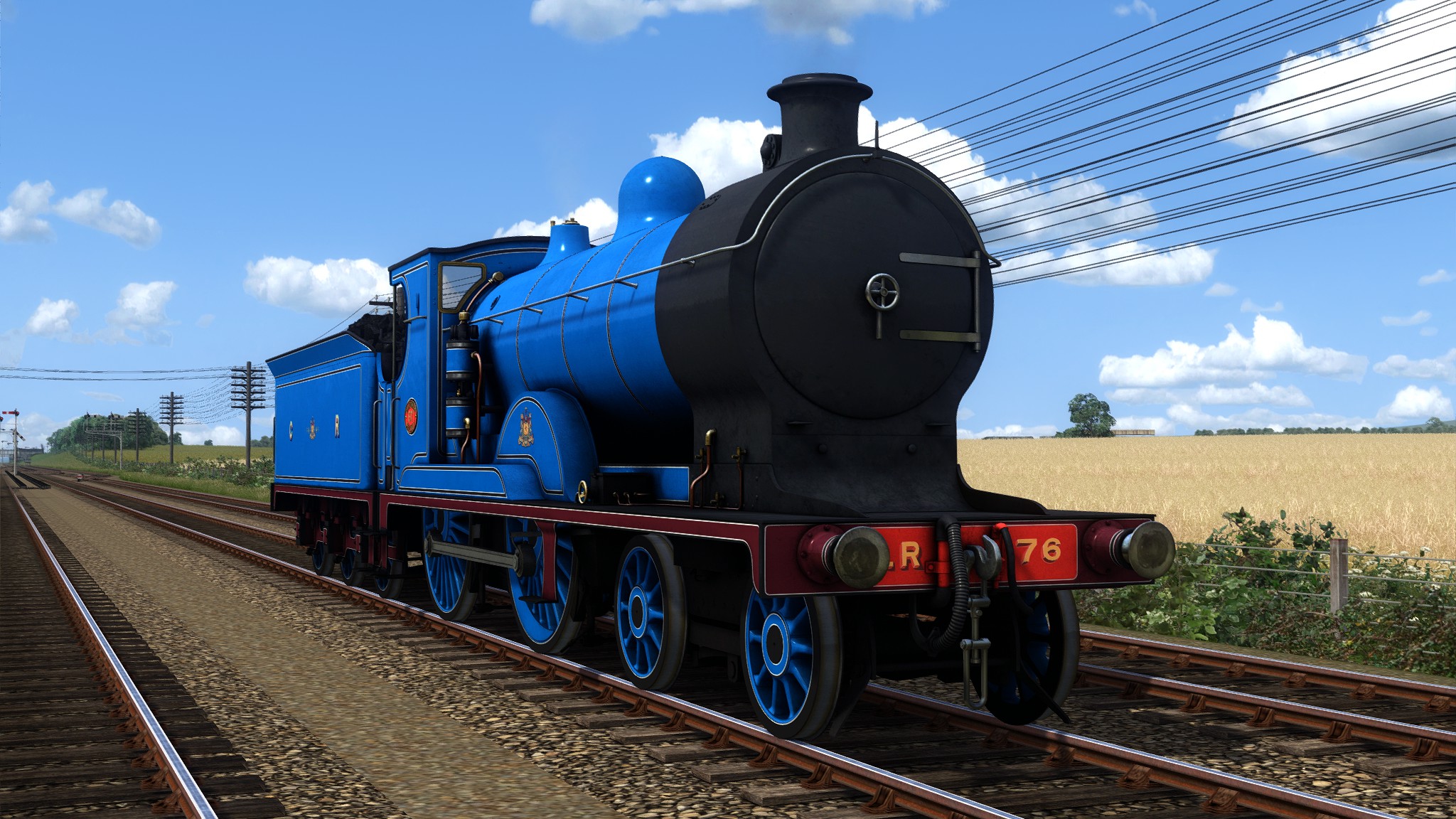
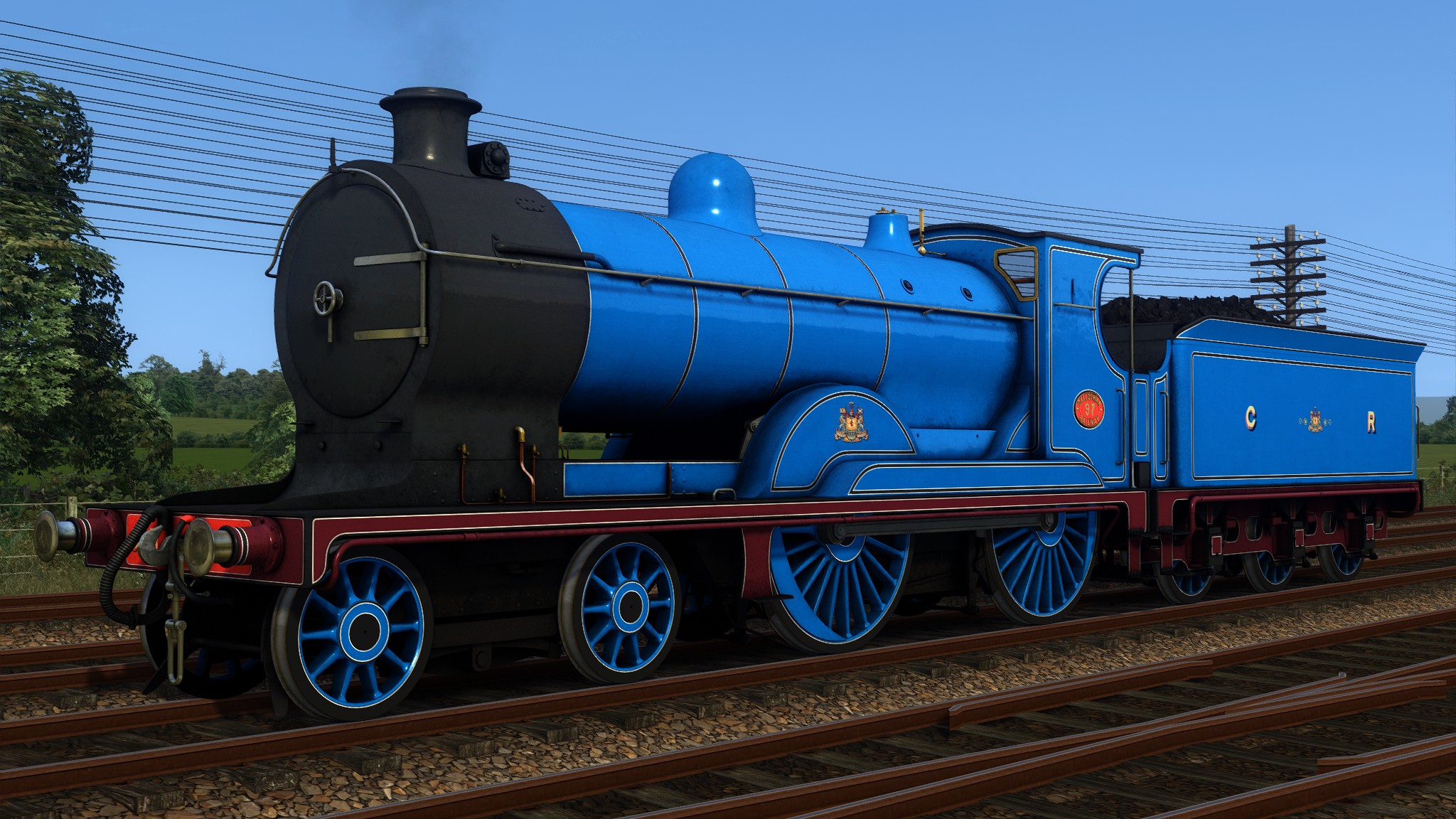
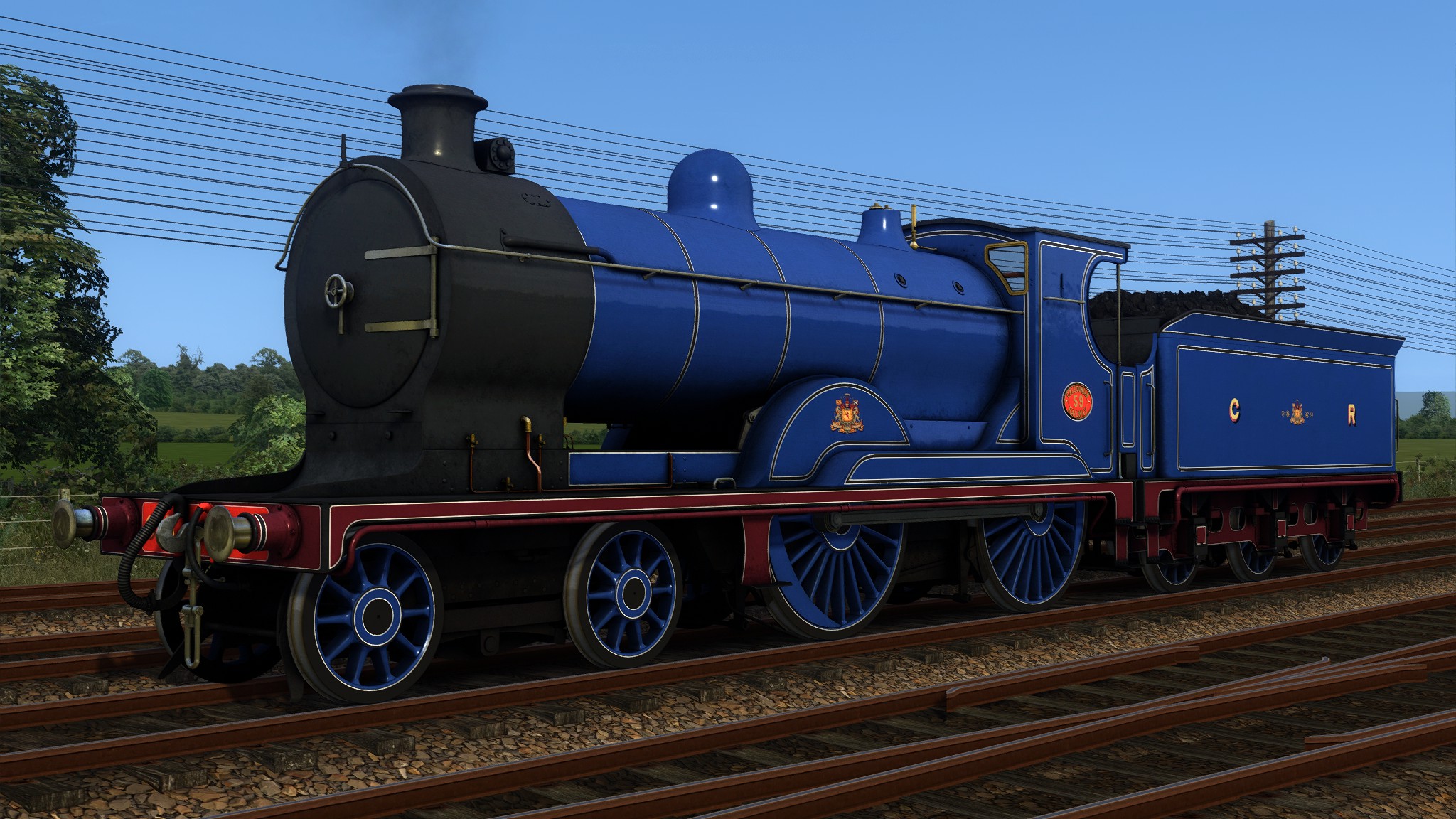
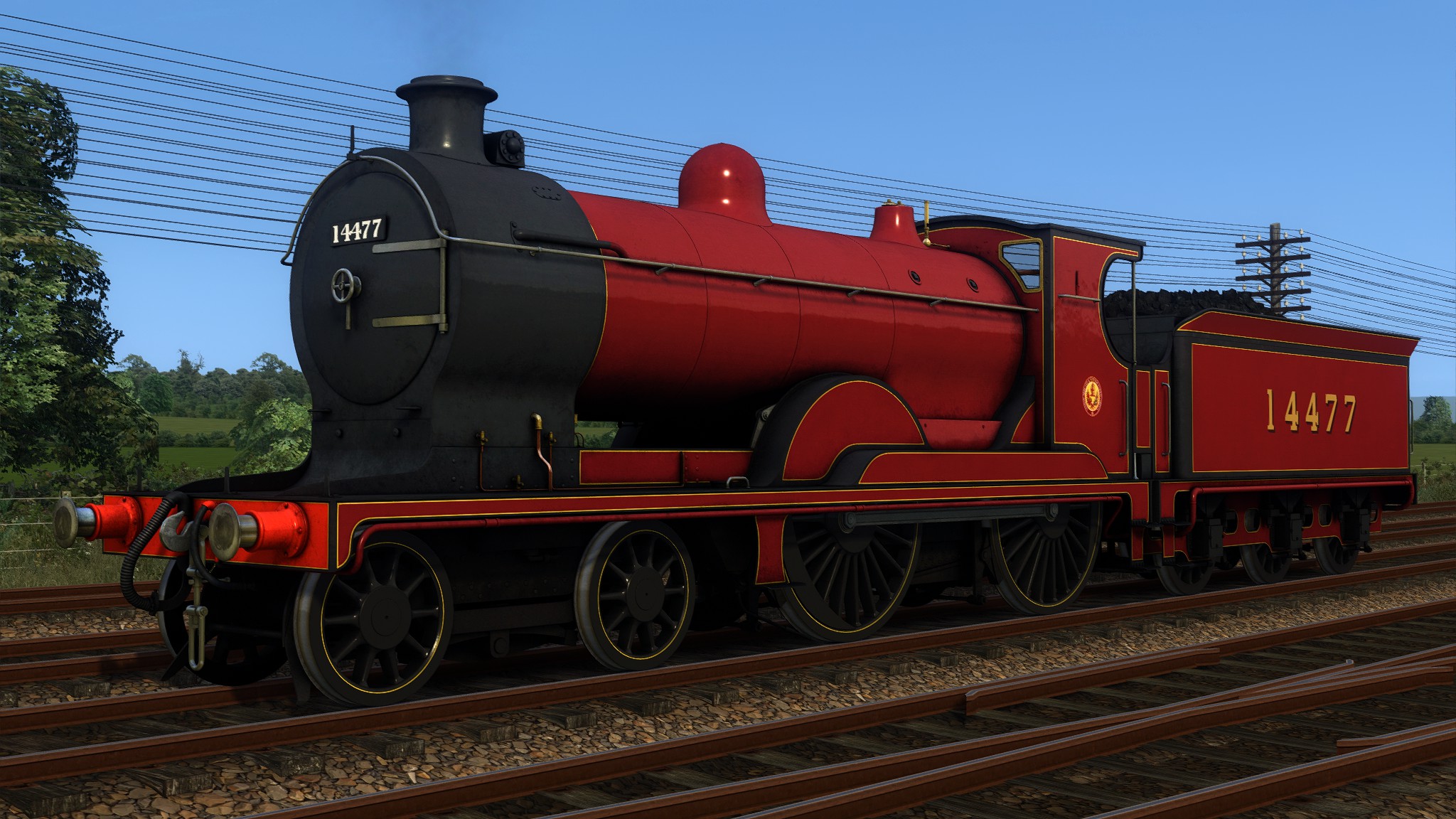
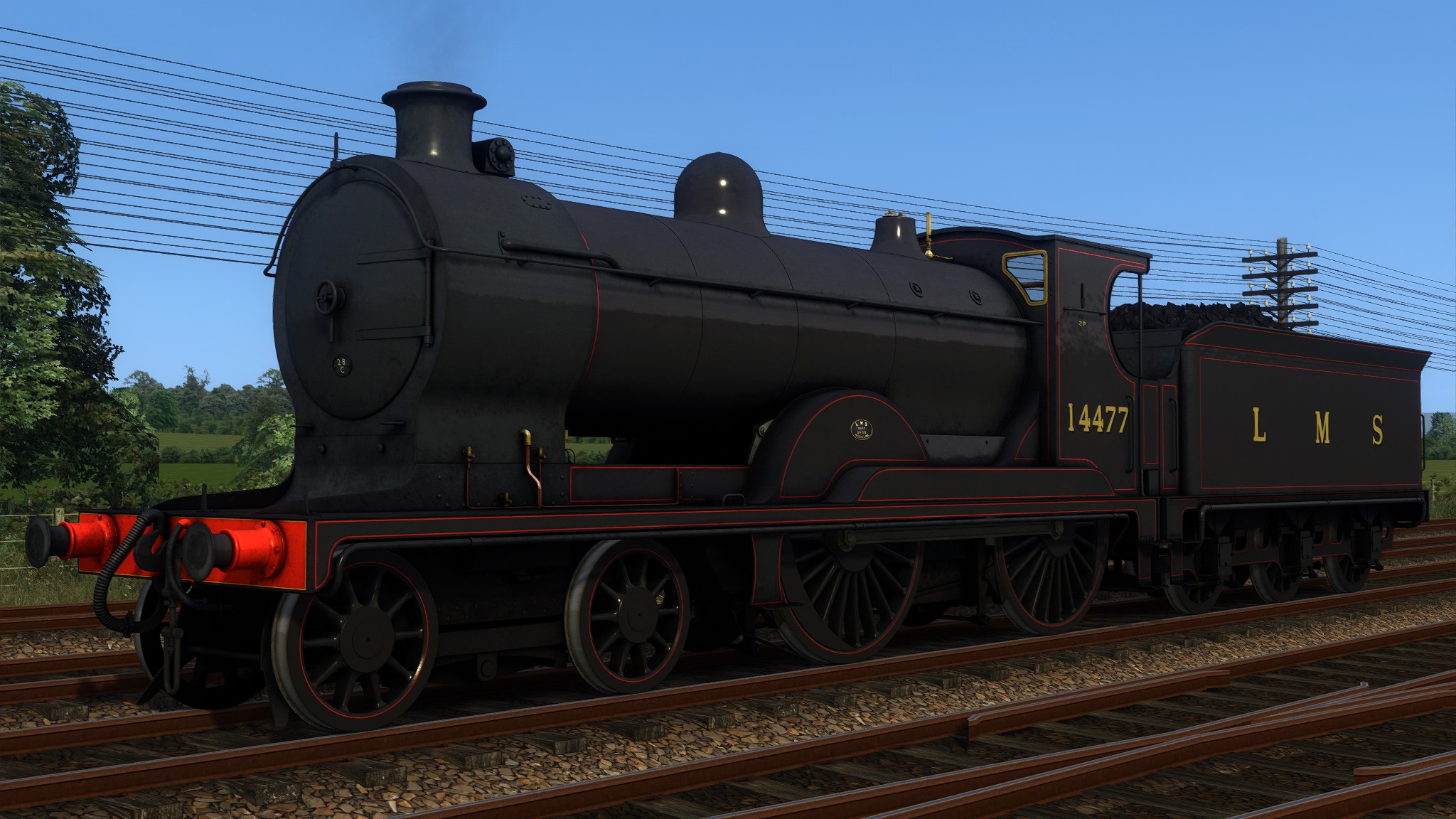
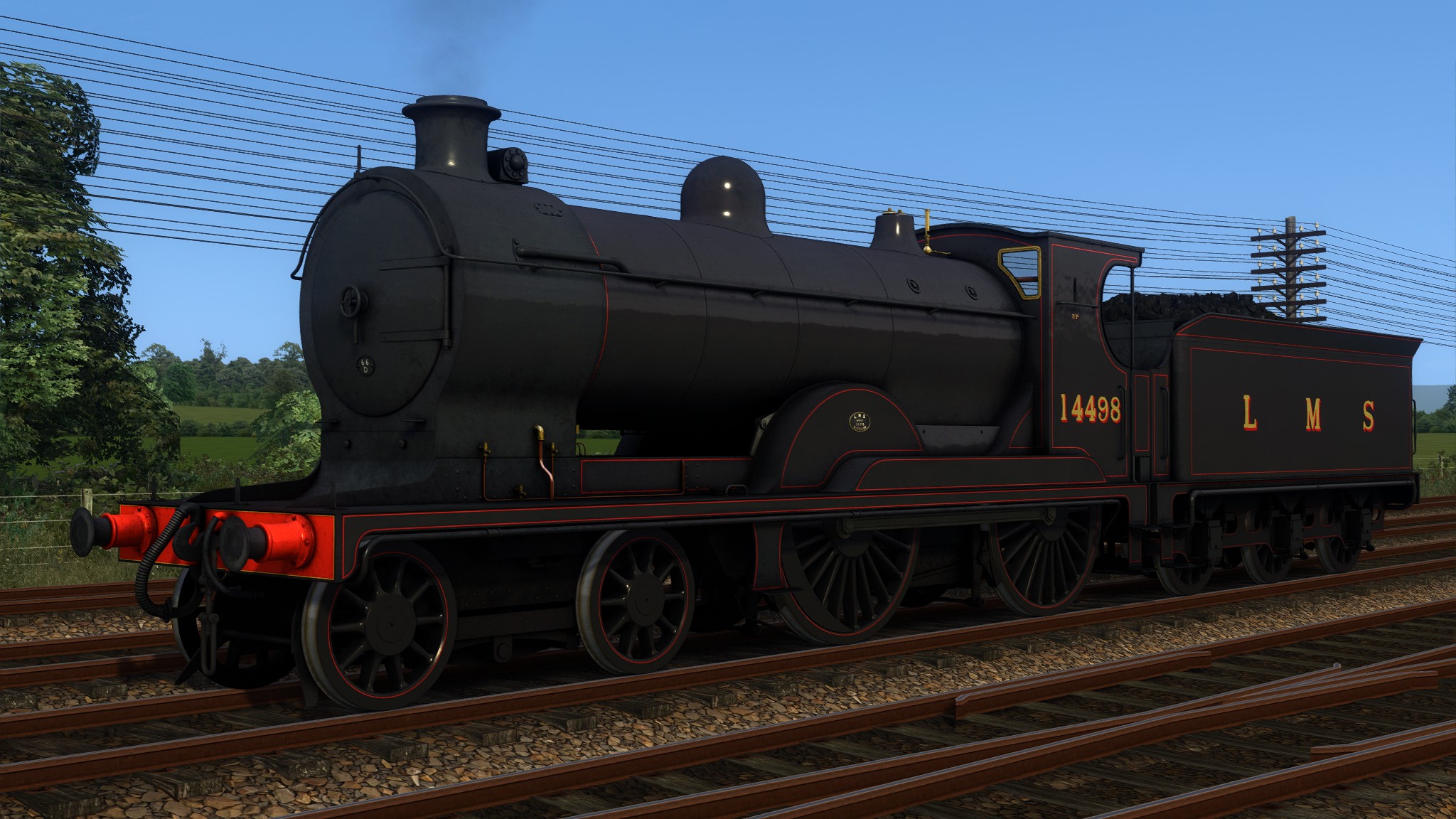
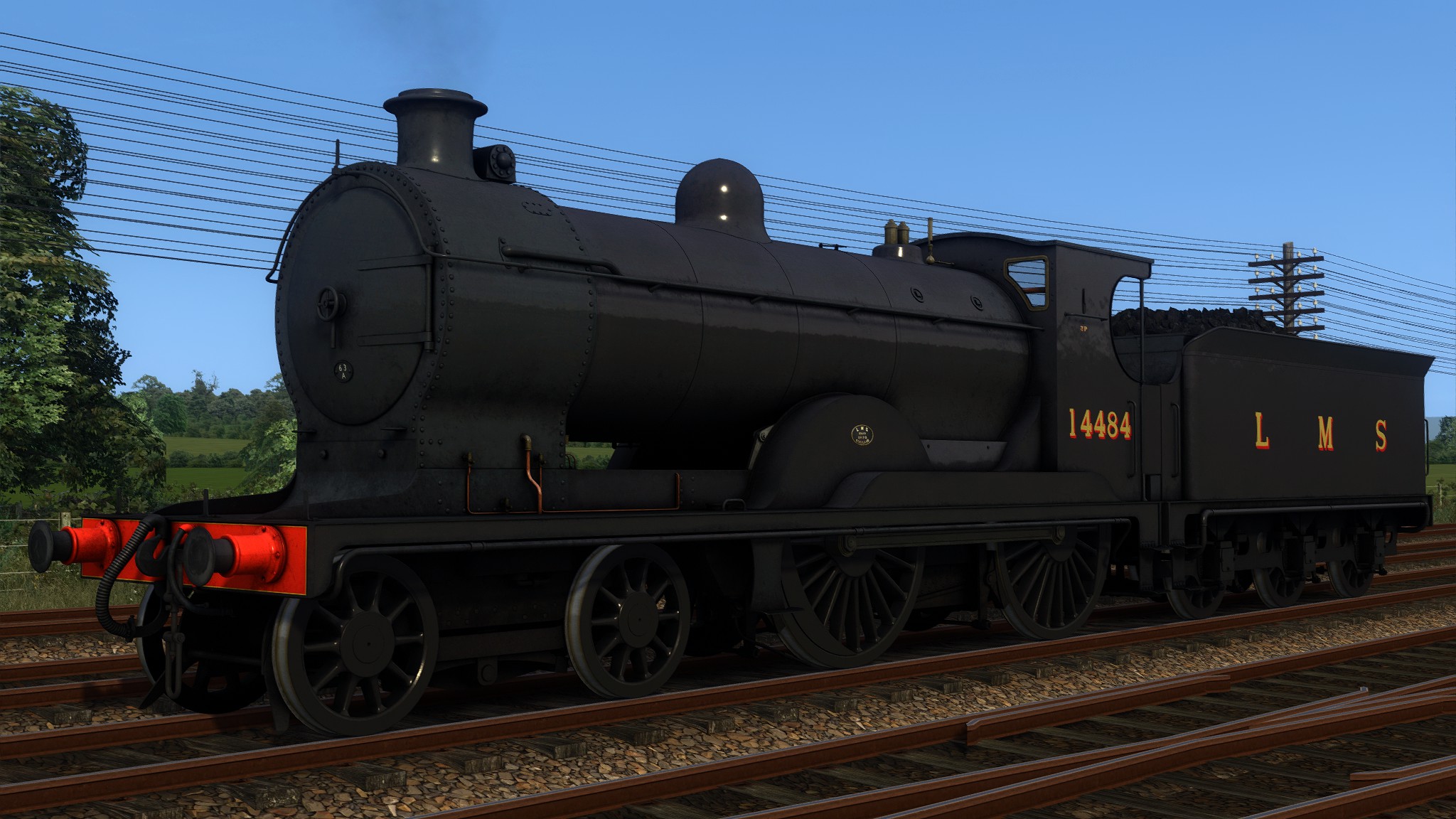
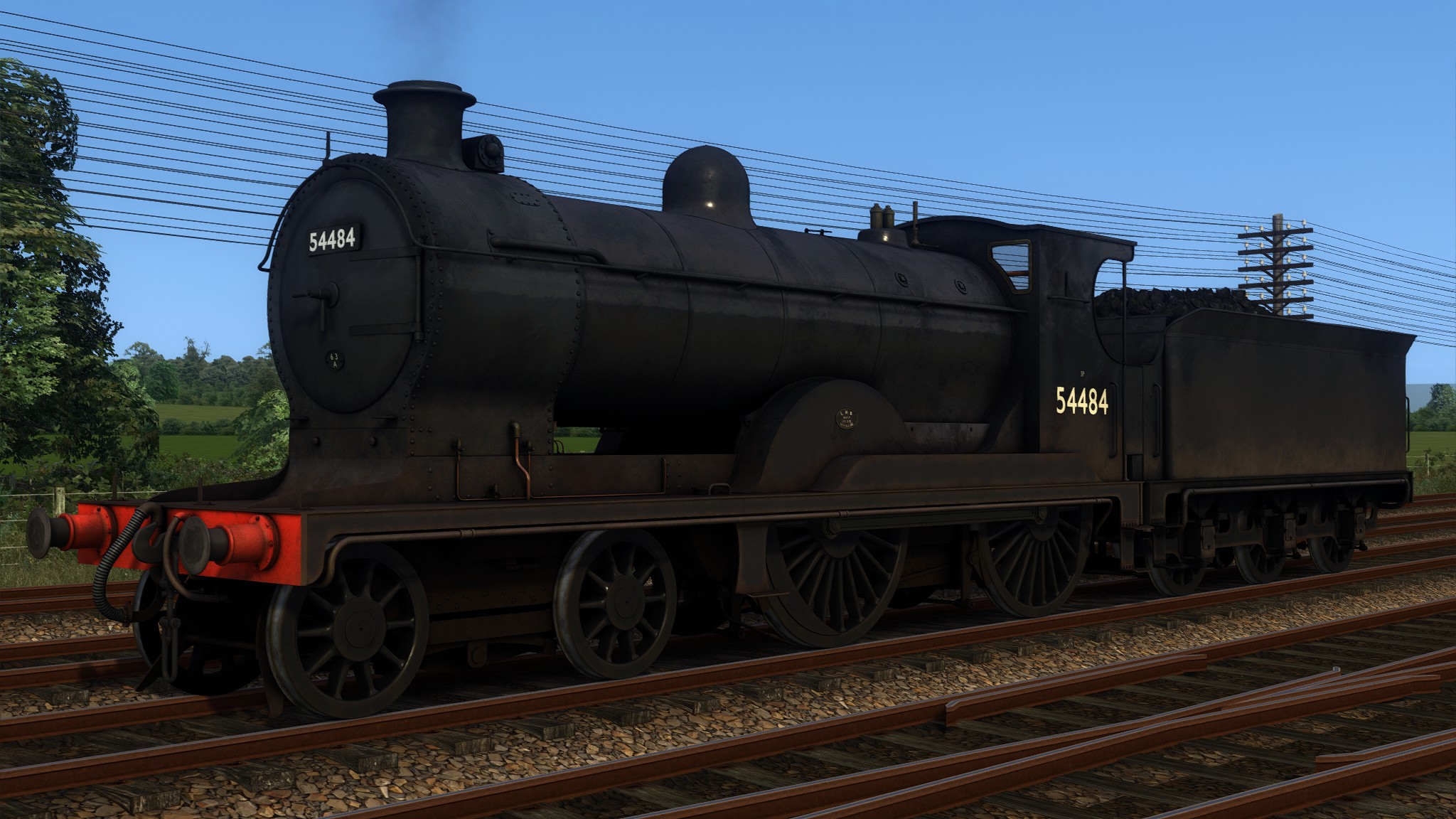
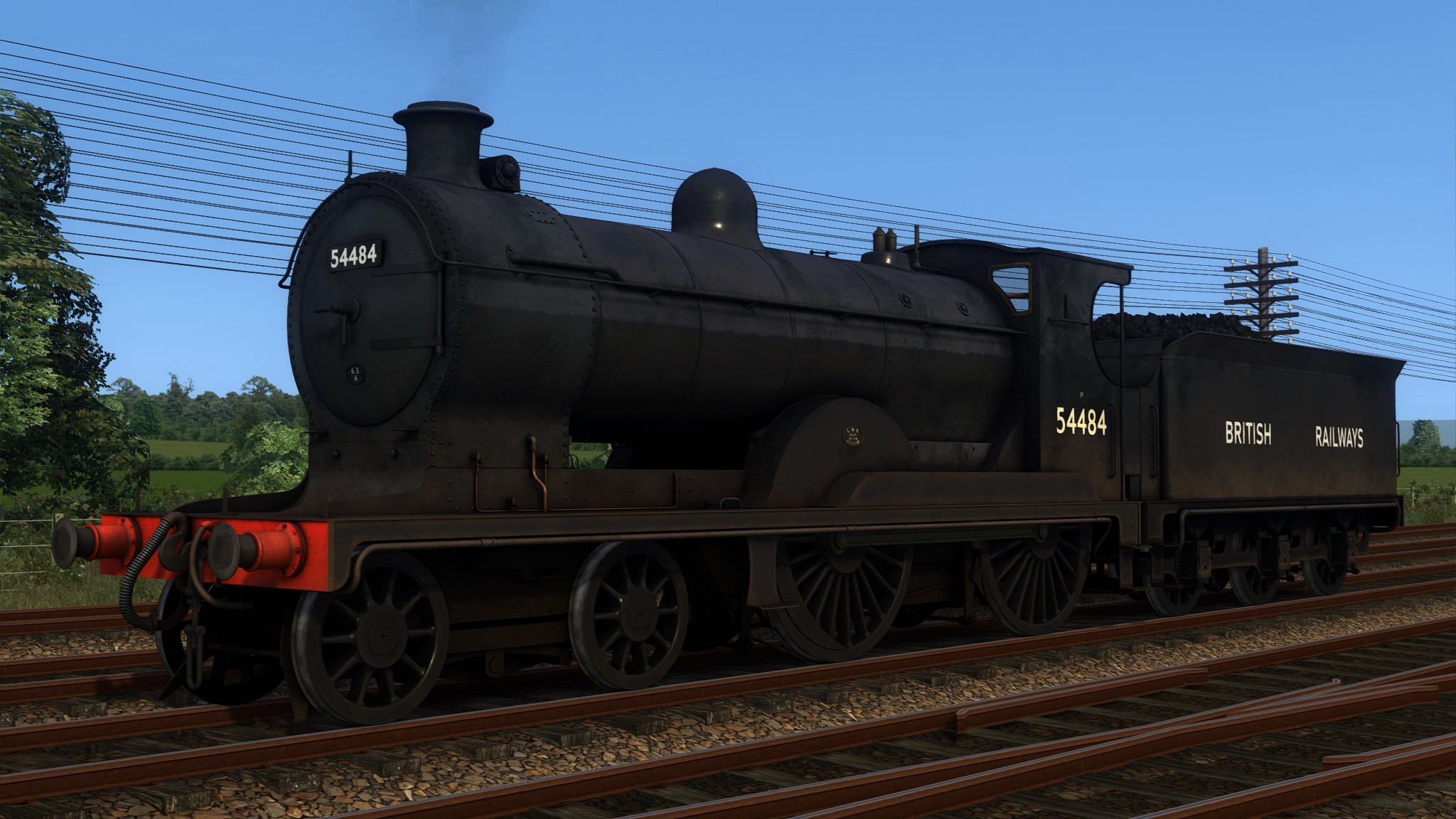
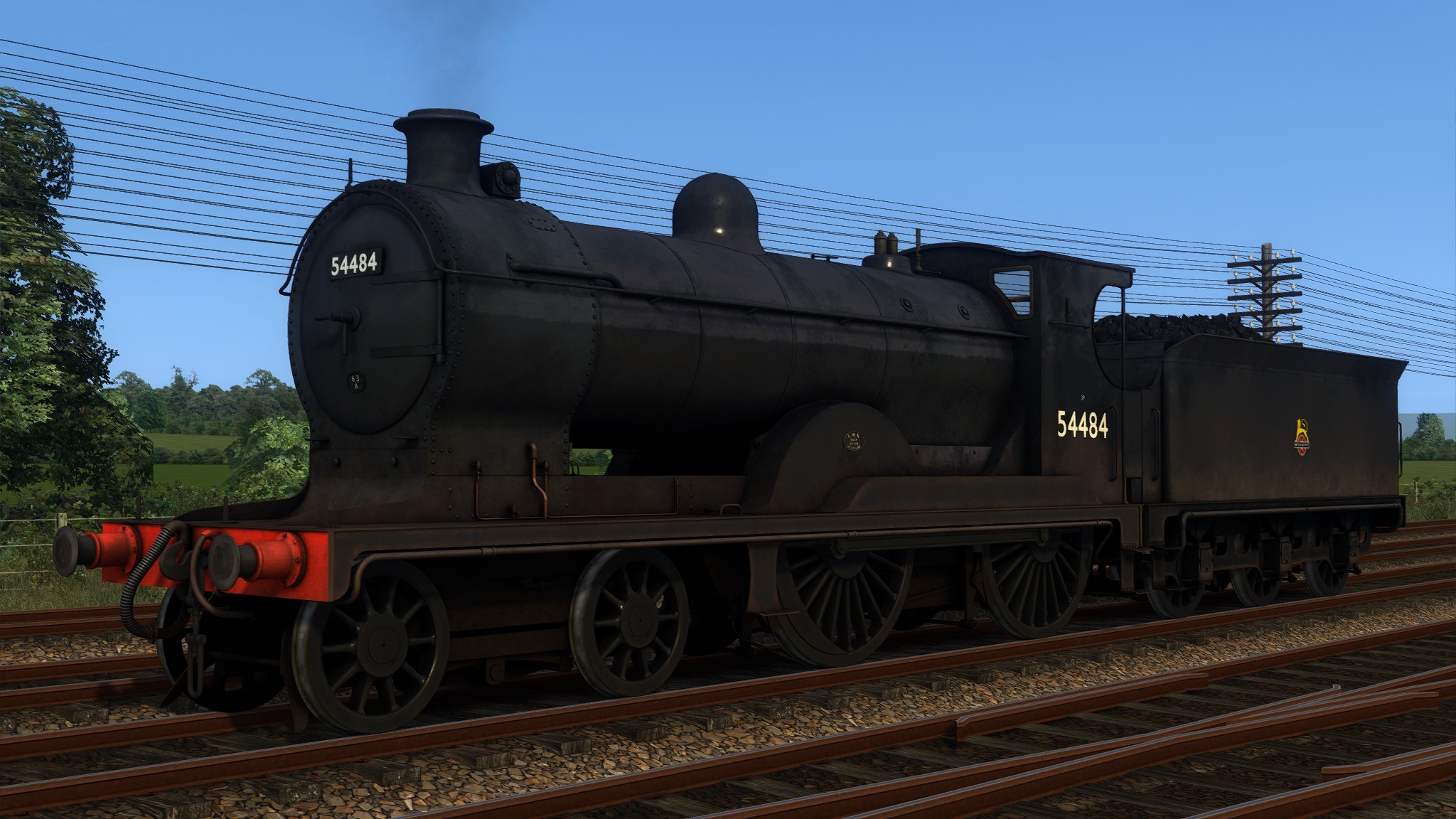
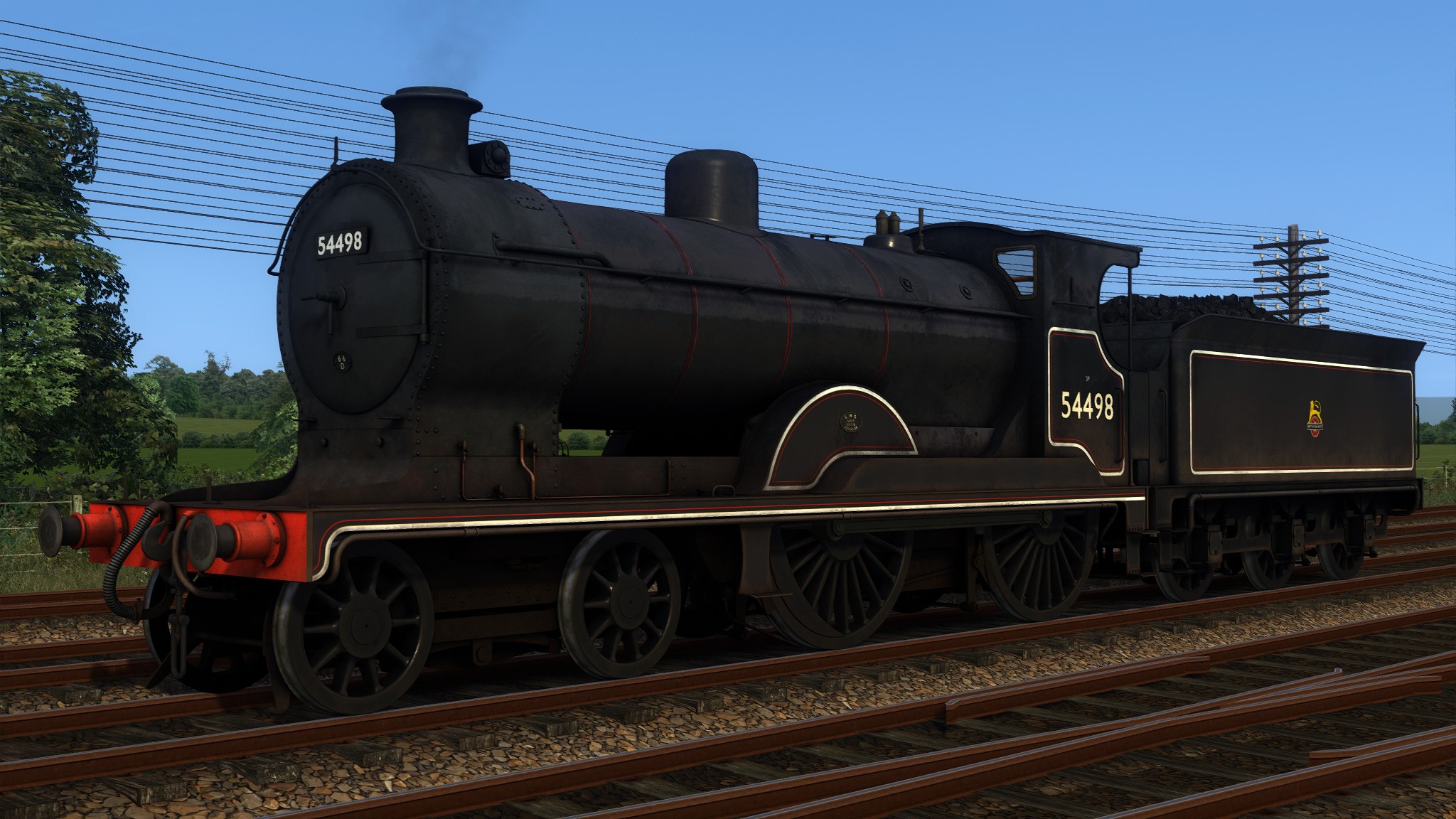
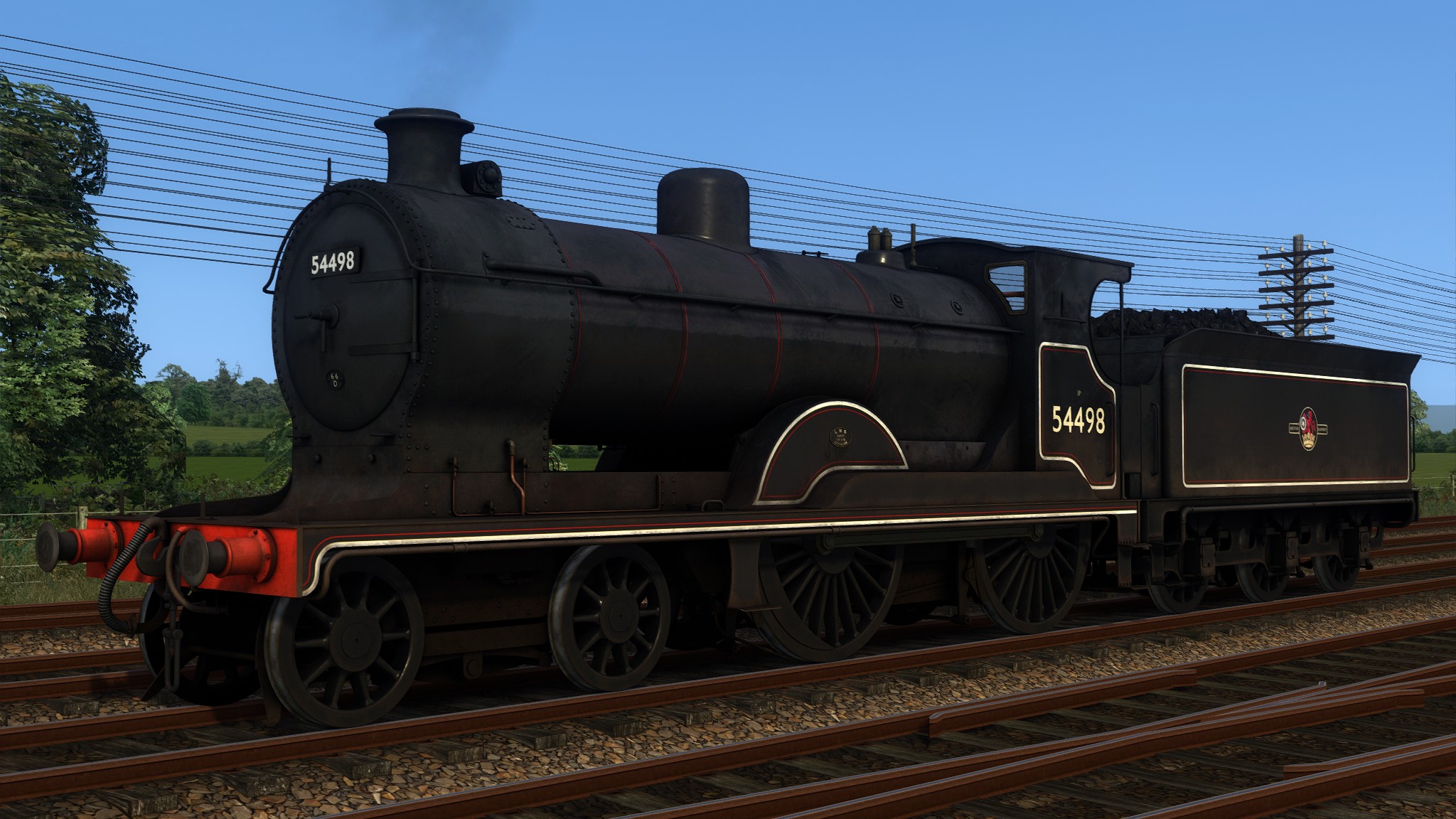
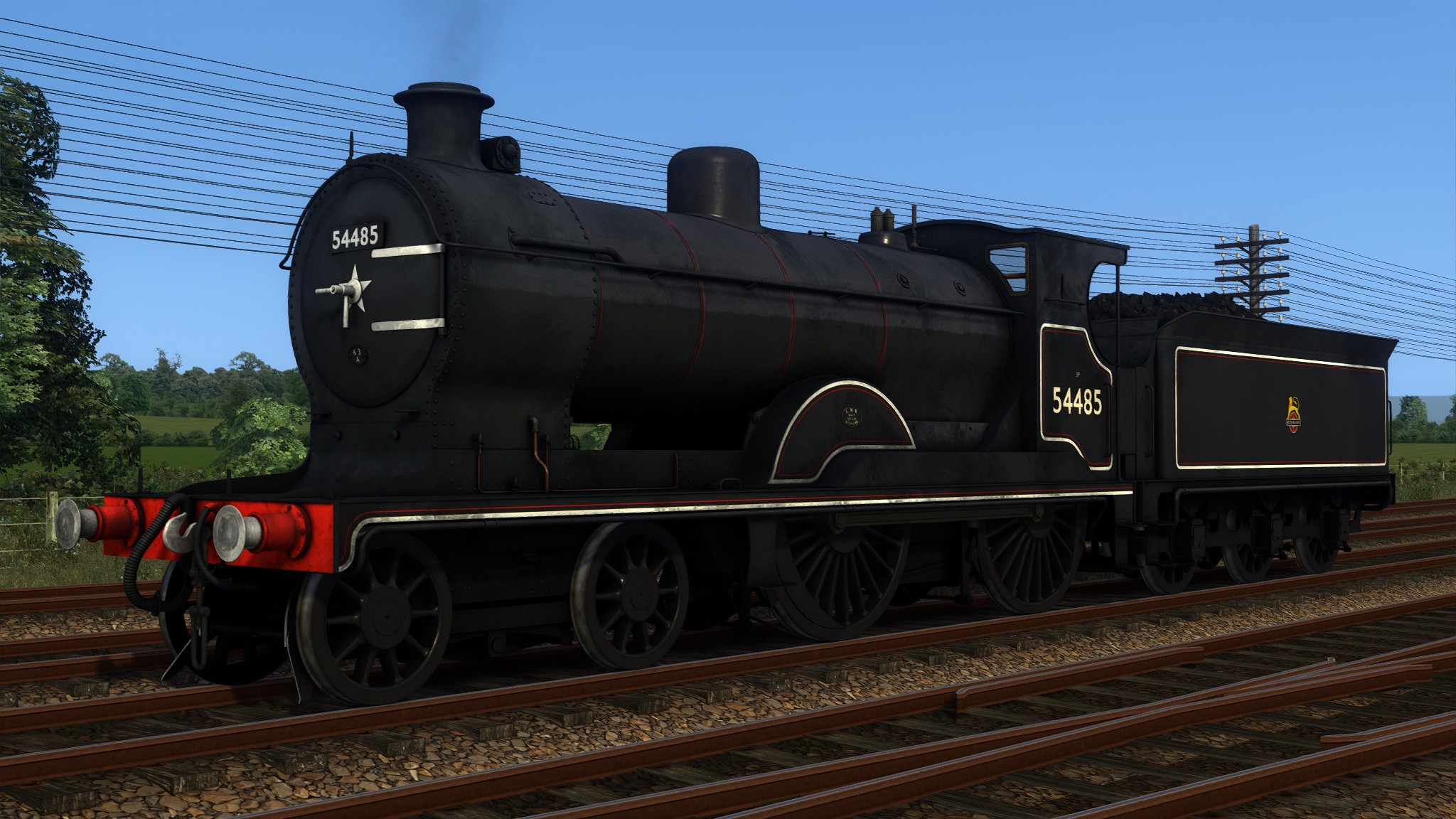
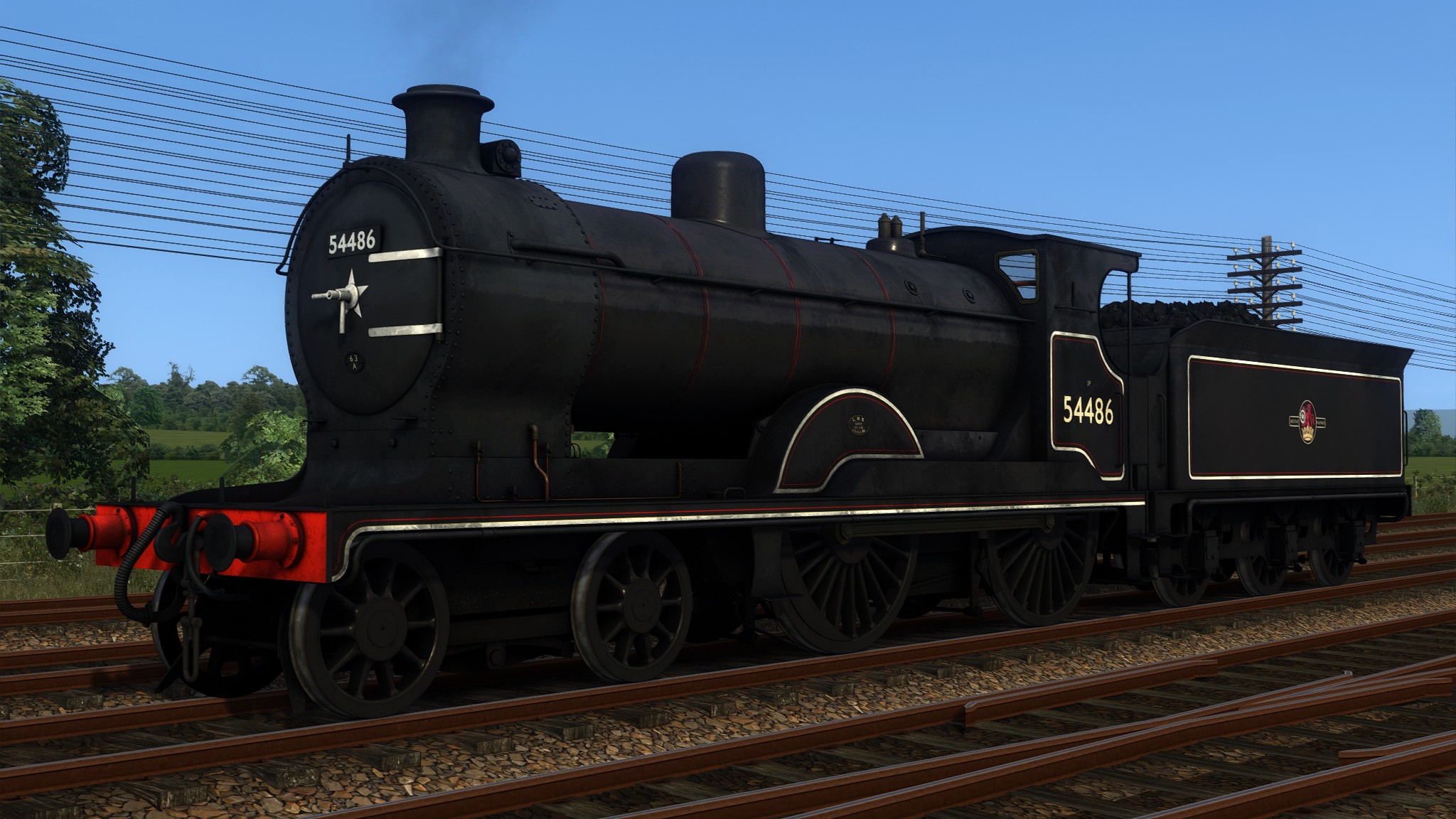
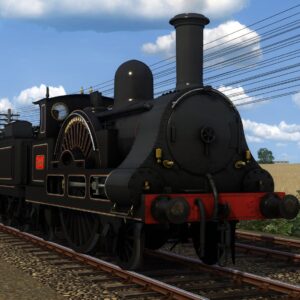
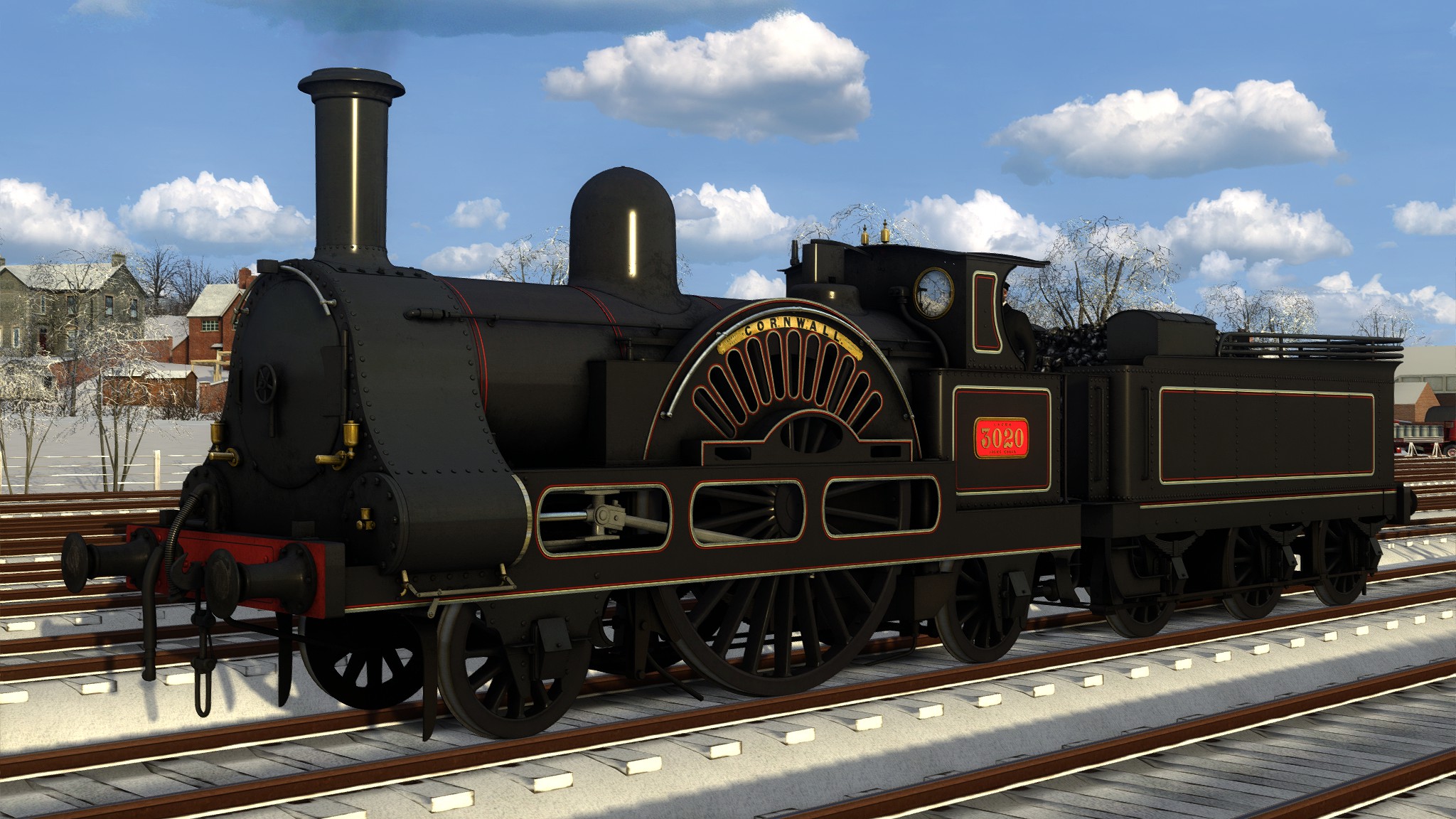
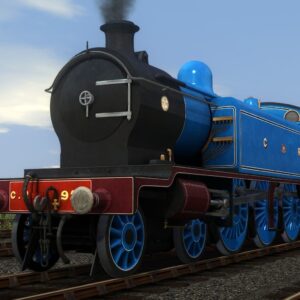
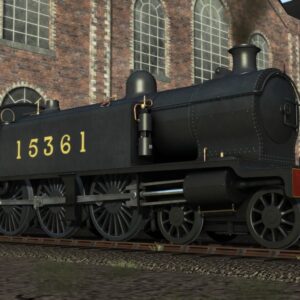
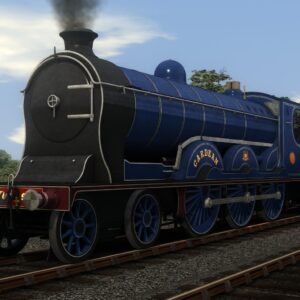
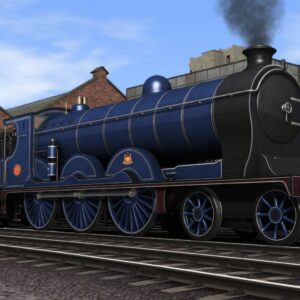
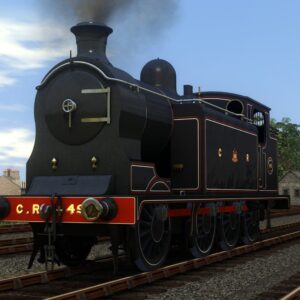
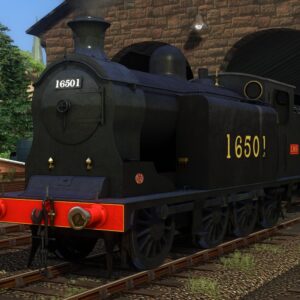
Reviews
There are no reviews yet.